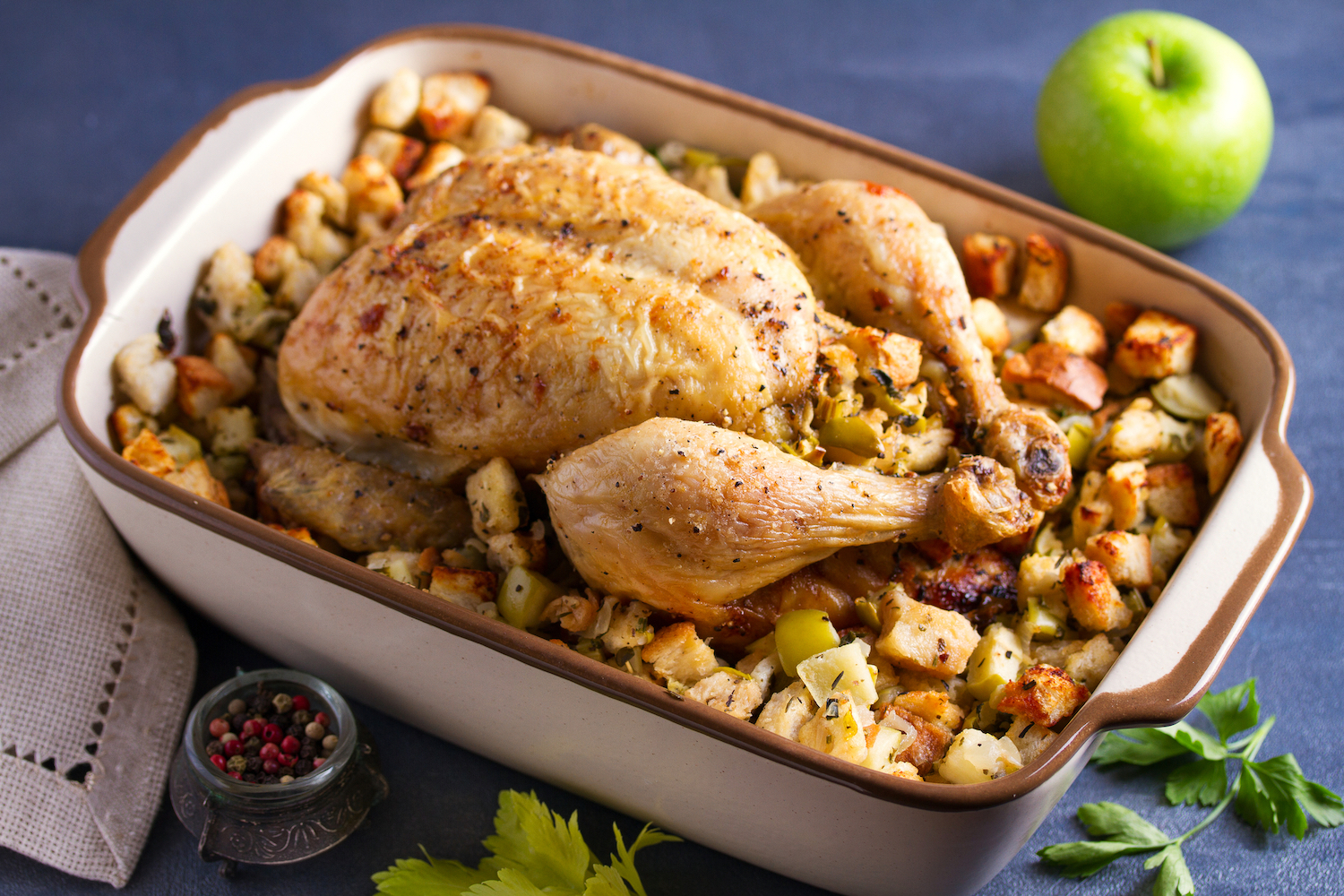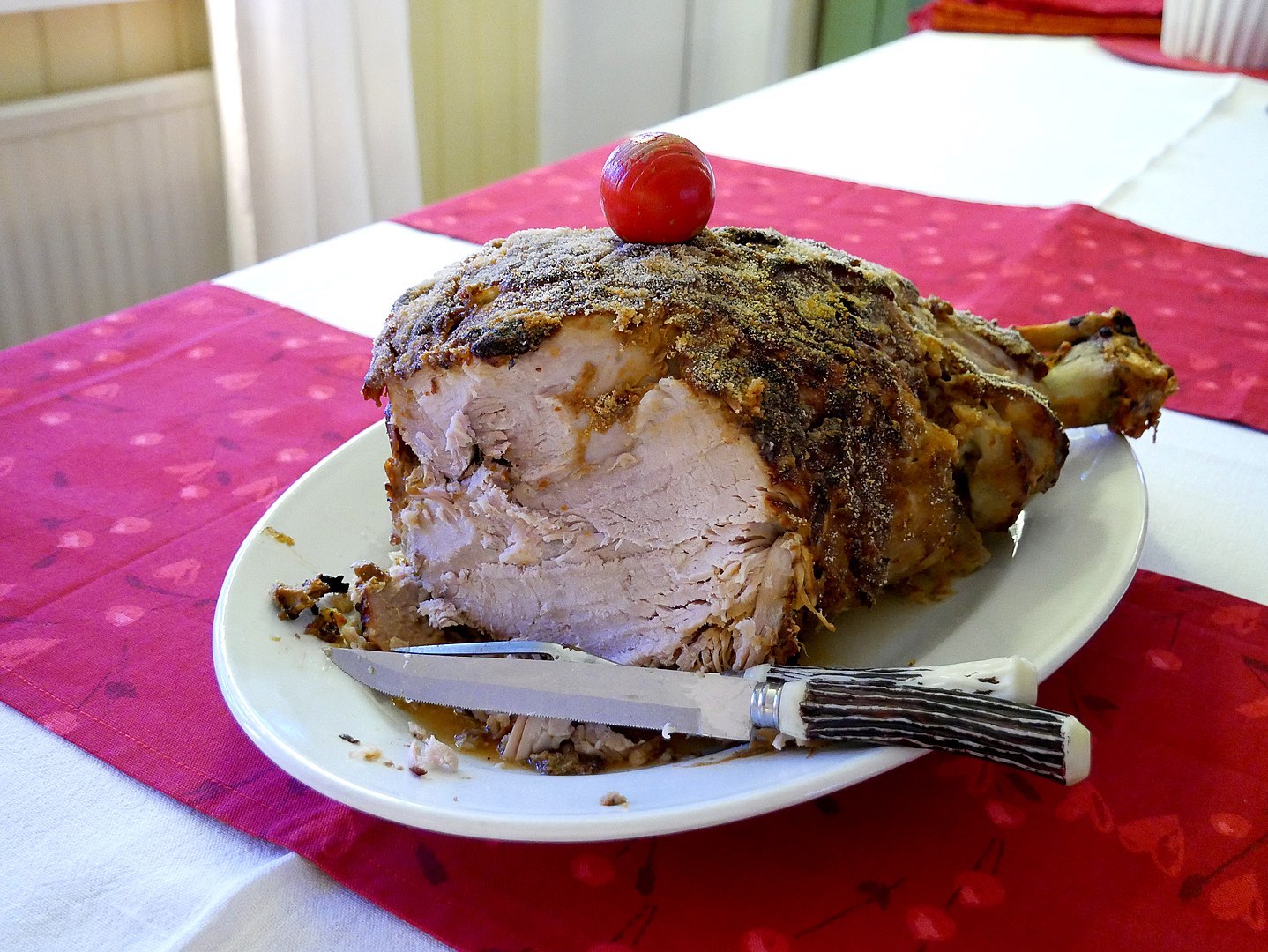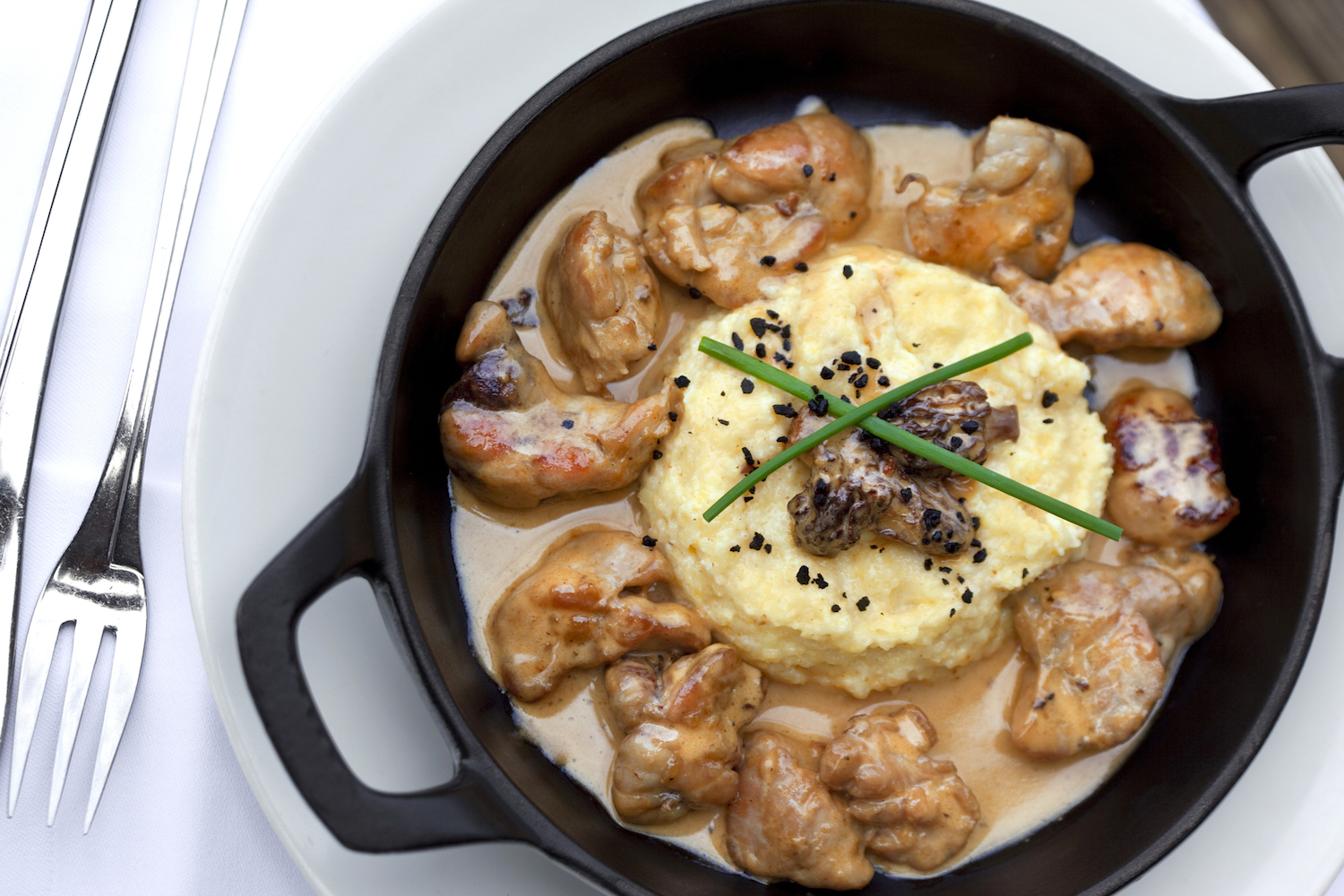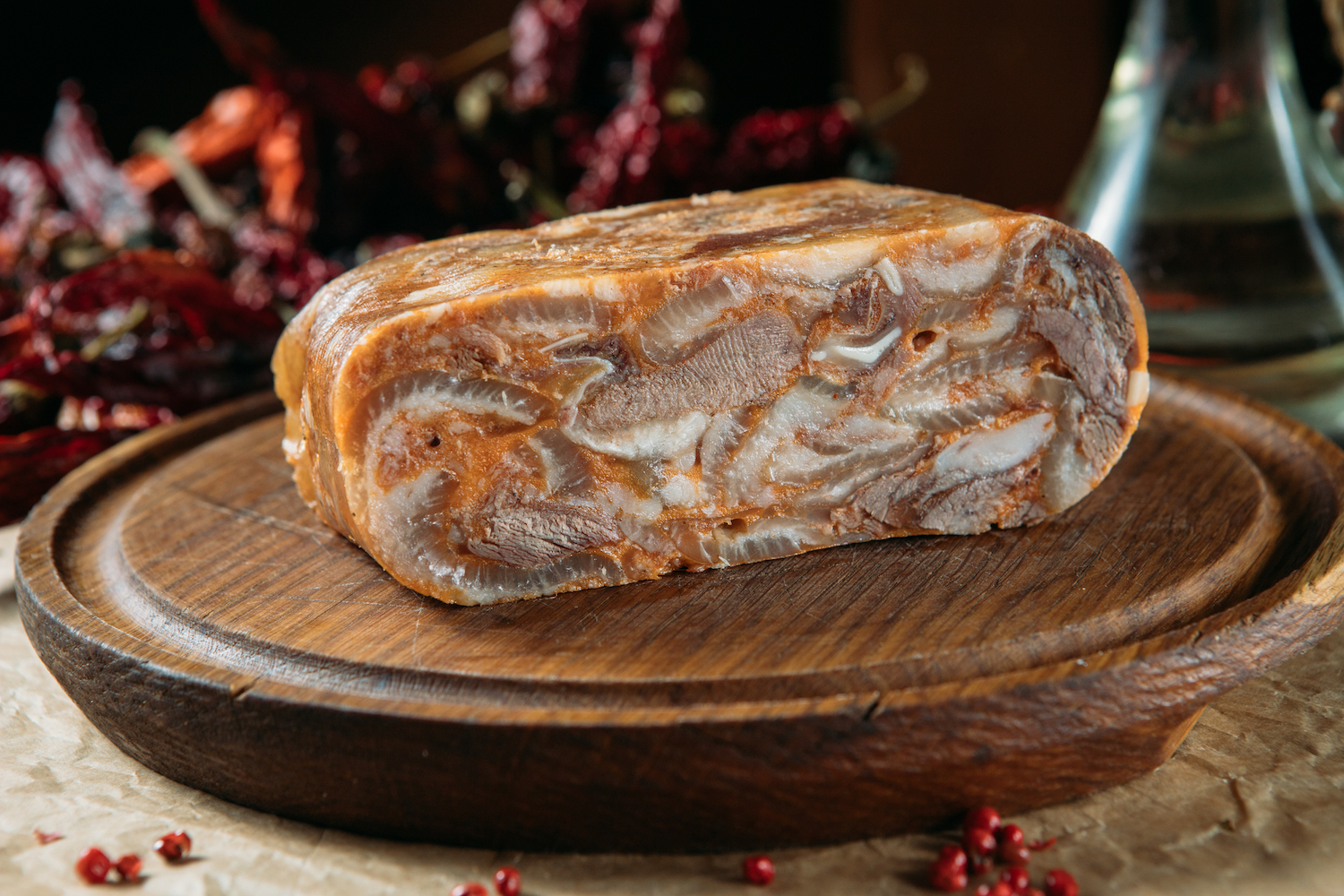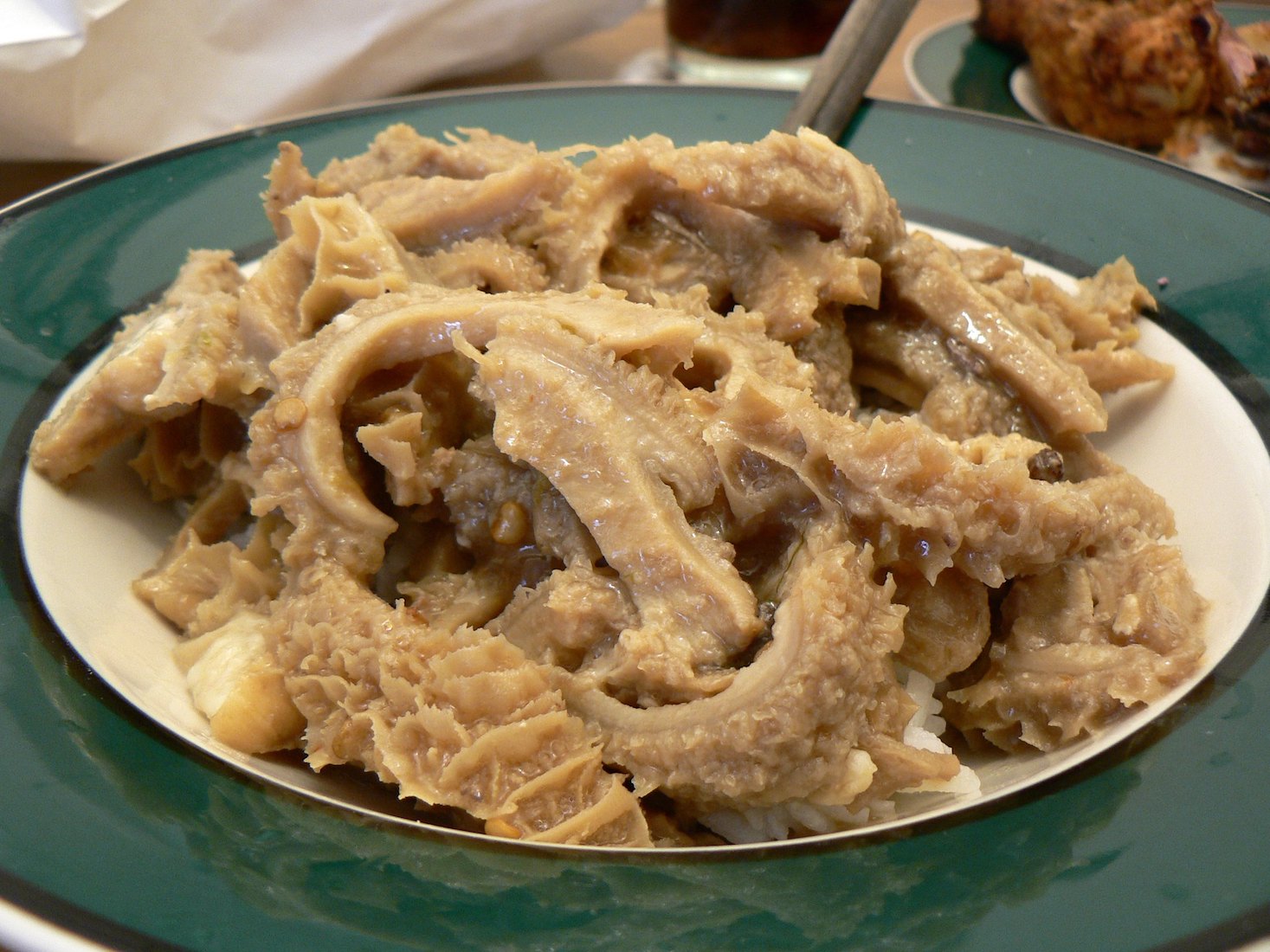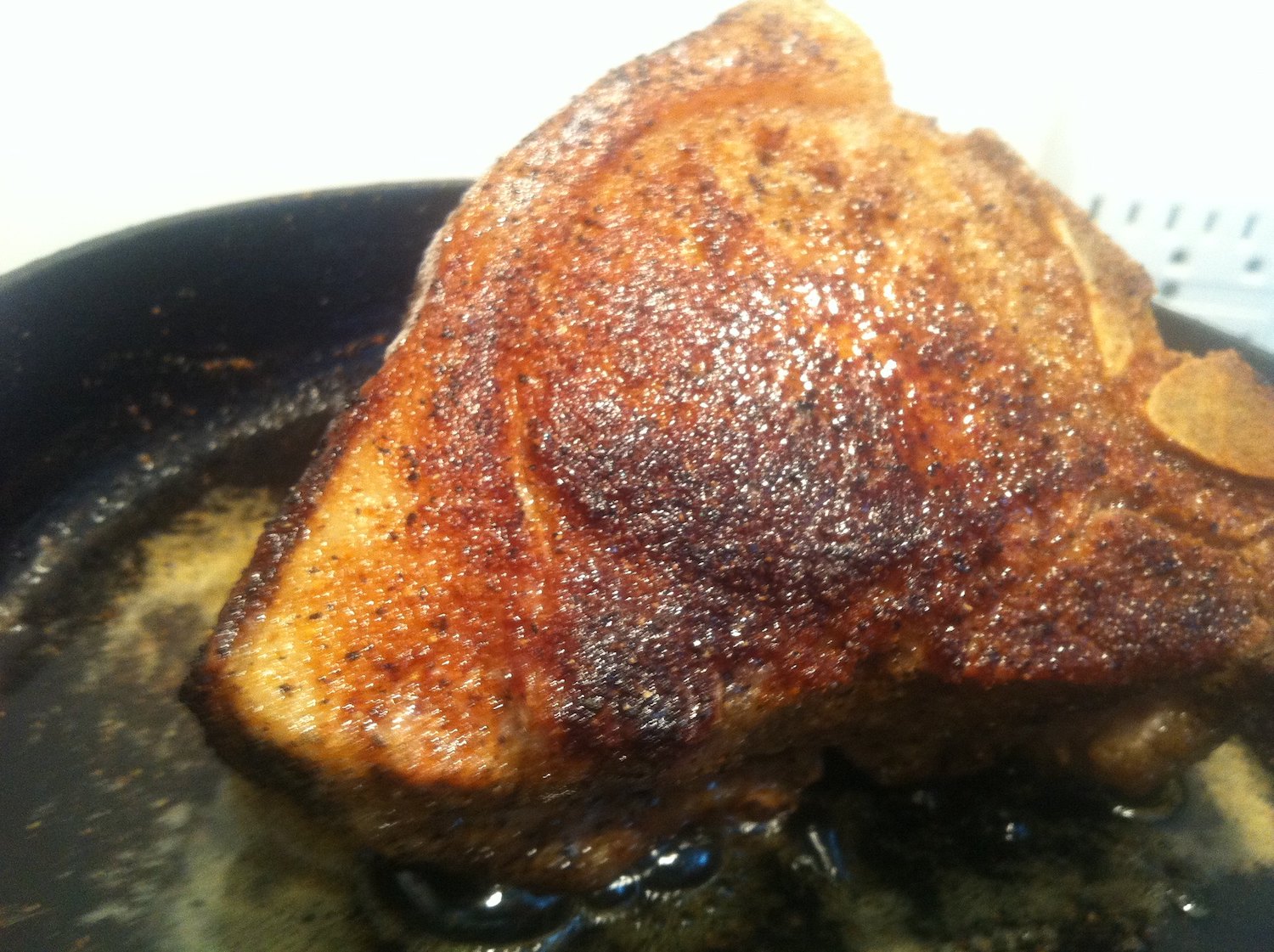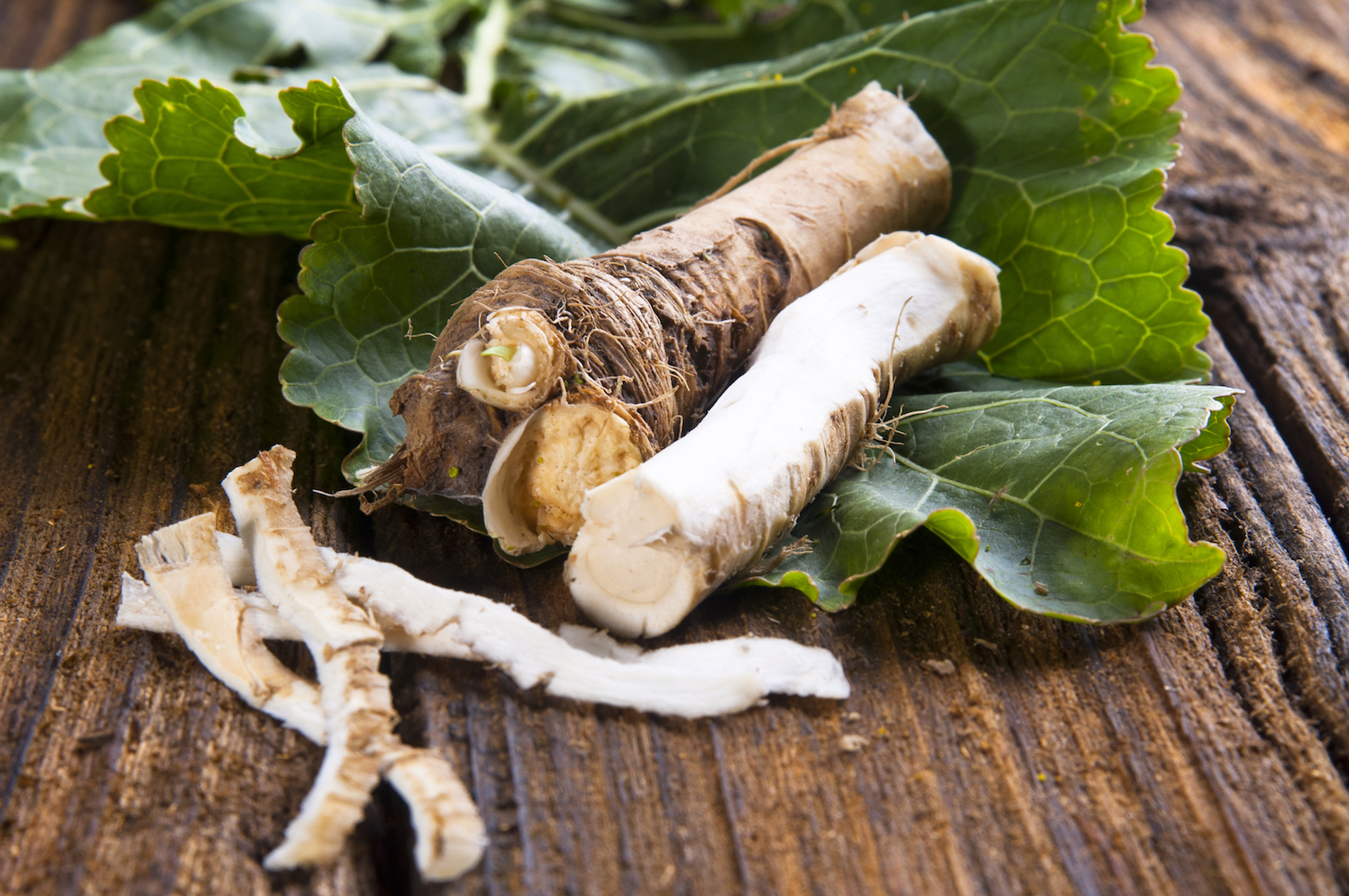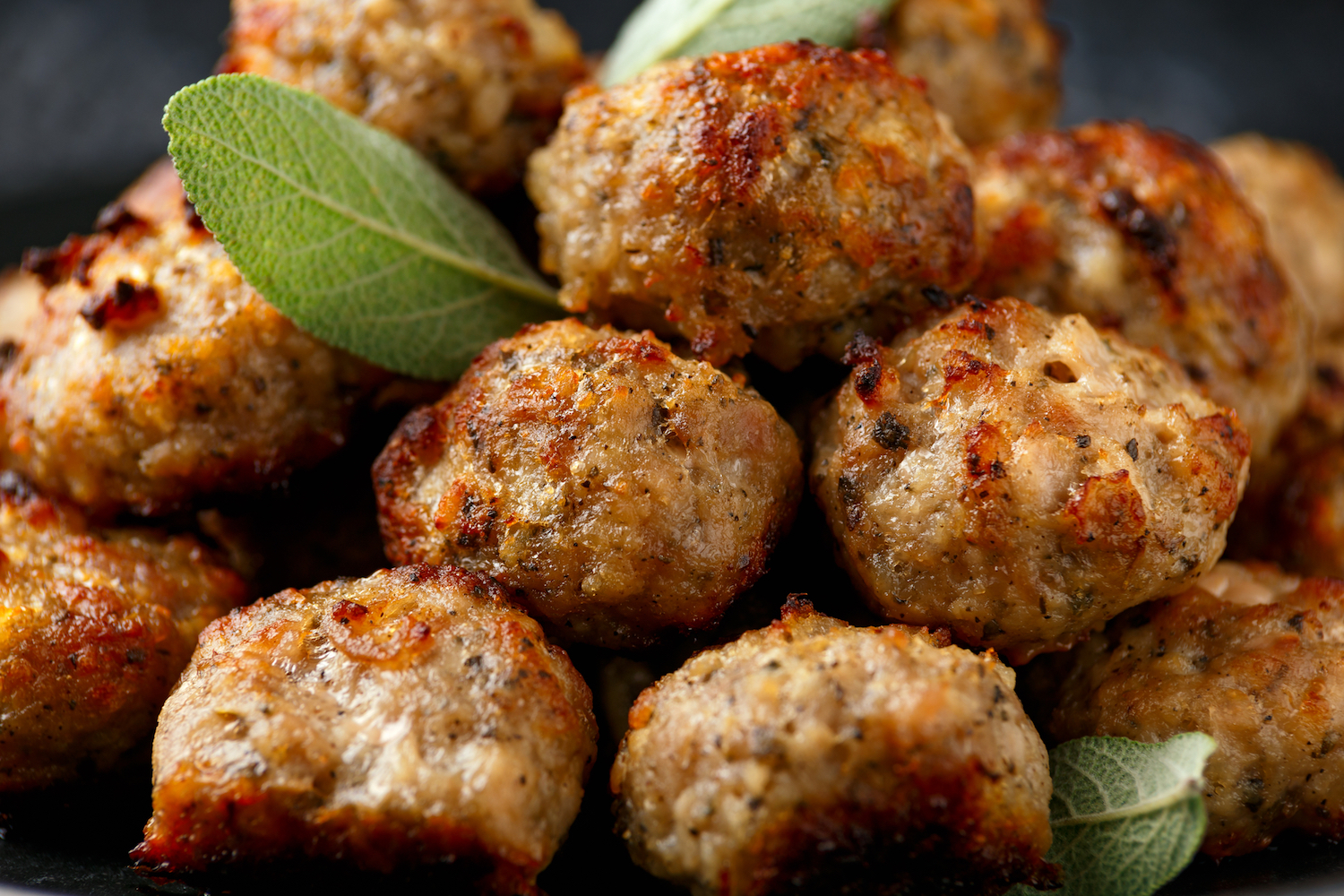A Variety of Stuffing Recipes for Poultry
Homemade stuffing was a great way to use up stale bread and other ingredients and provided a nice dish to accompany poultry. The recipes below will give you some good ideas for stuffings, and you can make changes to suit your taste. INFORMATION BELOW FROM 1800s COOKBOOKS It is necessary to know the difference between fowls and birds. A fowl always leads its young ones to the meat and a bird carries the meat to its young. So our common…
